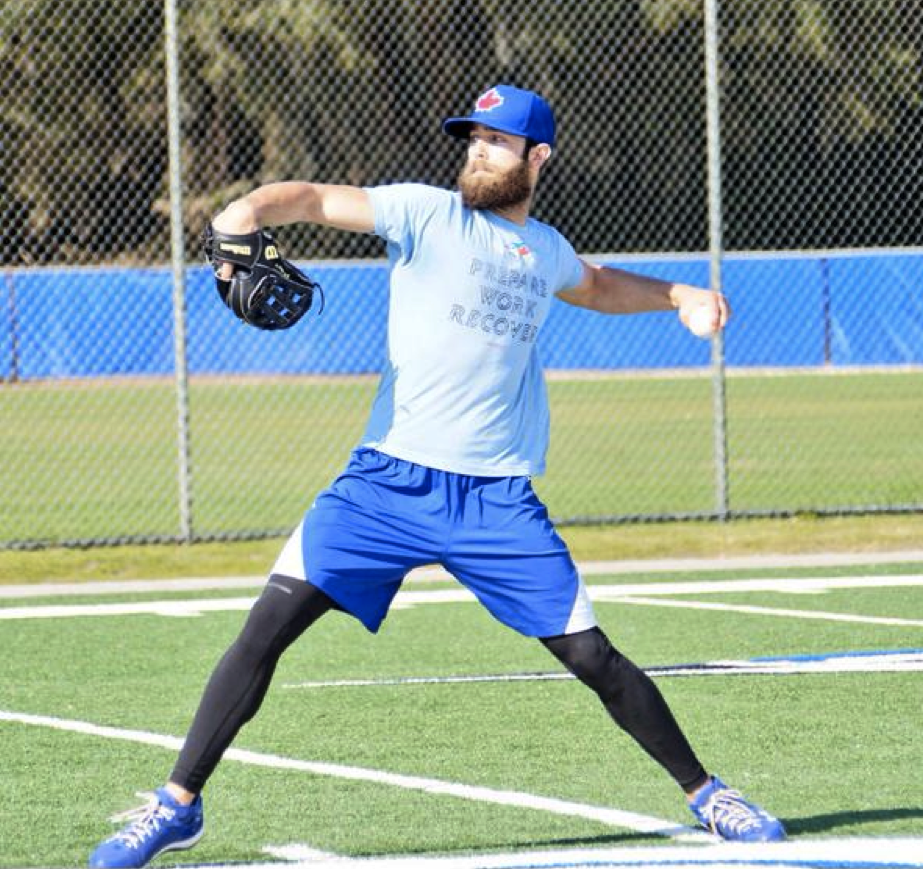Preventing Sports Injuries
Posted by Byron Rohrig

With baseball season officially underway, we wanted to share how some MLB teams are incorporating the FMS and SFMA into their training and preparation programs. Because Major League Baseball has the longest season in professional sports, MLB players have a high risk for overuse injuries. This risk of injury is amplified when asymmetry or dysfunction is present.
We recently sat down with Donovan Santas CSCS, RSCC, who has been the Toronto Blue Jays Strength and Conditioning Coordinator for the last 15 years. Donovan was originally introduced to FMS when he heard Gray Cook speak at a Perform Better summit in Orlando, FL. He immediately saw the value in knowing more about how his players were moving. Consequently he had his entire staff FMS Certified. Even in a sport where asymmetry is common, it is important to know if it’s a 3/1 or a 3/2.
For the past seven years, Donovan and his strength staff have brought in a team from FMS to work with his coaches and conduct a preseason screen on the players.
Great working w @bluejaystrength & @cjoyner11 w @Duke_DPT students. Look forward to returning for MiLB camp. pic.twitter.com/R7YwBIke45
— Robert Butler PT PhD (@rjbutler_dptphd) February 26, 2015
The FMS establishes a baseline for player movement, allowing Santas and his staff to create an informed strategy for preparing and progressing athletes through their strength-training program.
“The guys that buy into what we are doing, they fly through our system,” Santas told us. “Our system works. If it didn’t, we wouldn’t’ do it. Even the players tell us they feel a difference.”
The Blue Jays not only use the FMS to improve the durability of the players in their system, but also to evaluate prospective free agents and draft picks.
“Anytime we take a look at a guy, it involves a Functional Movement Screen,” says Santas. “I like to use the screen when we’re looking at a player because, if they screen clean or really low, I can provide relevant feedback to our front office. A player may be highly skilled but, if he scores a 9 or 10 on the FMS, we’re going to have to spend time correcting that dysfunction.”
“Sometimes we have a player coming off a surgery or other major injury and want to quantify where his movement is limited. The FMS is a great tool for that.”
When the future of a prospect is dependent on significant strength gains, Santas and his team can help the front office project viability.
“If you’re expecting 20 - 30 pounds of muscle on a prospect with a troublesome FMS score, you need to dial back your expectations. We need to address the fundamentals of his movement patterns first.”
Santas doesn’t think of his role as injury prevention, but rather as improving durability. “You’ll never be able to prevent all injuries,” he says, “In a sport like baseball, virtually every athlete has some sort of injury history.”
It's important to remember: the FMS isn’t a performance test. It’s a movement test. That said, improving movement quality could improve performance if improved health allows a player more reps in the gym or batting cage.
Posted by Byron Rohrig
Posted by FMS
Posted by Gray Cook